It seemed a logical destination, just as it has surely done for Lotus lovers over many decades. I suppose if there’d been somewhere in the country called the Evora Valley we’d have headed there, but for the lack of such a place we chose the roads to and through the Elan Valley, central Wales, as the best place to savour the largest of the three outgoing Lotus E-models, the Lotus Evora, as it leaves production.
True, the name of this magnificent Welsh location never had any real connection with Lotus’s Elan: even the word itself is pronounced differently in central Powys than in Norfolk (the emphasis being on the first of its two syllables, not the second). Yet partly because of that mellifluous name, and even more because of the near-perfect driving roads that criss-cross the region, it seemed the place to go, both ideally and logically.
On Lotus pilgrimages I’ve made here in the past, the town of Rhayader has also been an important piece of the story. It’s in the epicentre of Wales, where the all-important, south-to-north A470 intersects traffic brought westwards by the equally busy A44. Rhayader bills itself as a kind of traveller’s rest, a place with a certain pioneering spirit, to which the humdrum aspects of ordinary life to the south and east don’t quite stretch. Call me sentimental, but I’ve always swallowed this whole, and associated this place with the continuing freedom of the road.

The first part of today’s mission was to meet photographer Max Edleston at 9am a few miles south-west of Rhayader on the B4518, close to the mighty dam across the magnificent Caban Coch reservoir, labelled in the guidebooks as ‘the reservoir of Wales’. This entailed a 100-mile journey from my home in the Cotswolds, predicted on Google Maps to take at least two and a half hours, so it was pitch black when I left home at six.

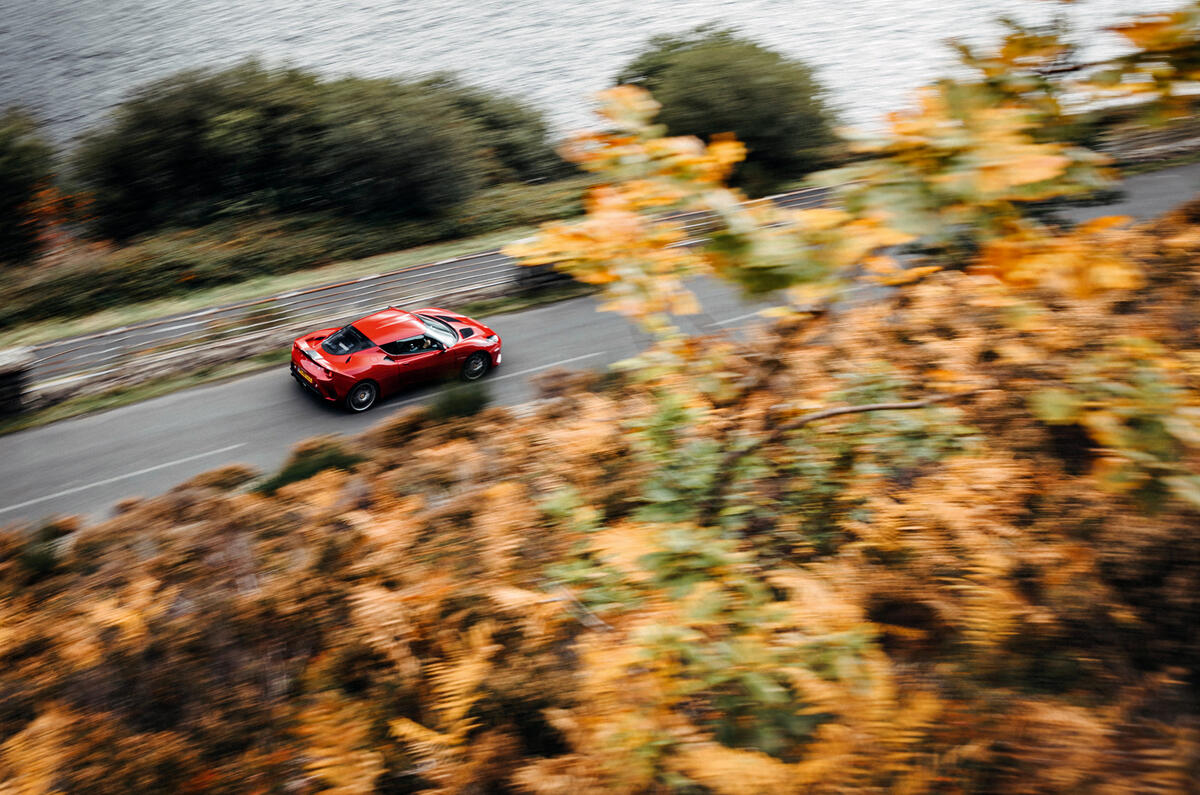


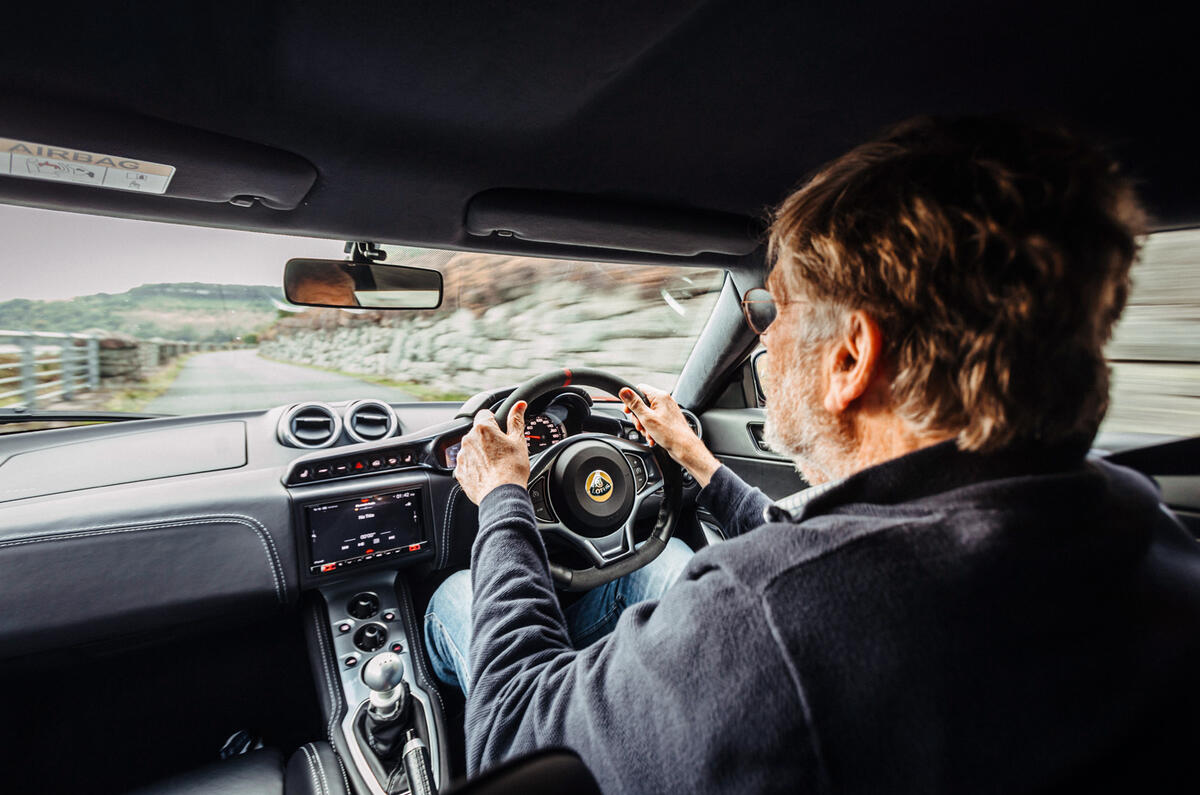
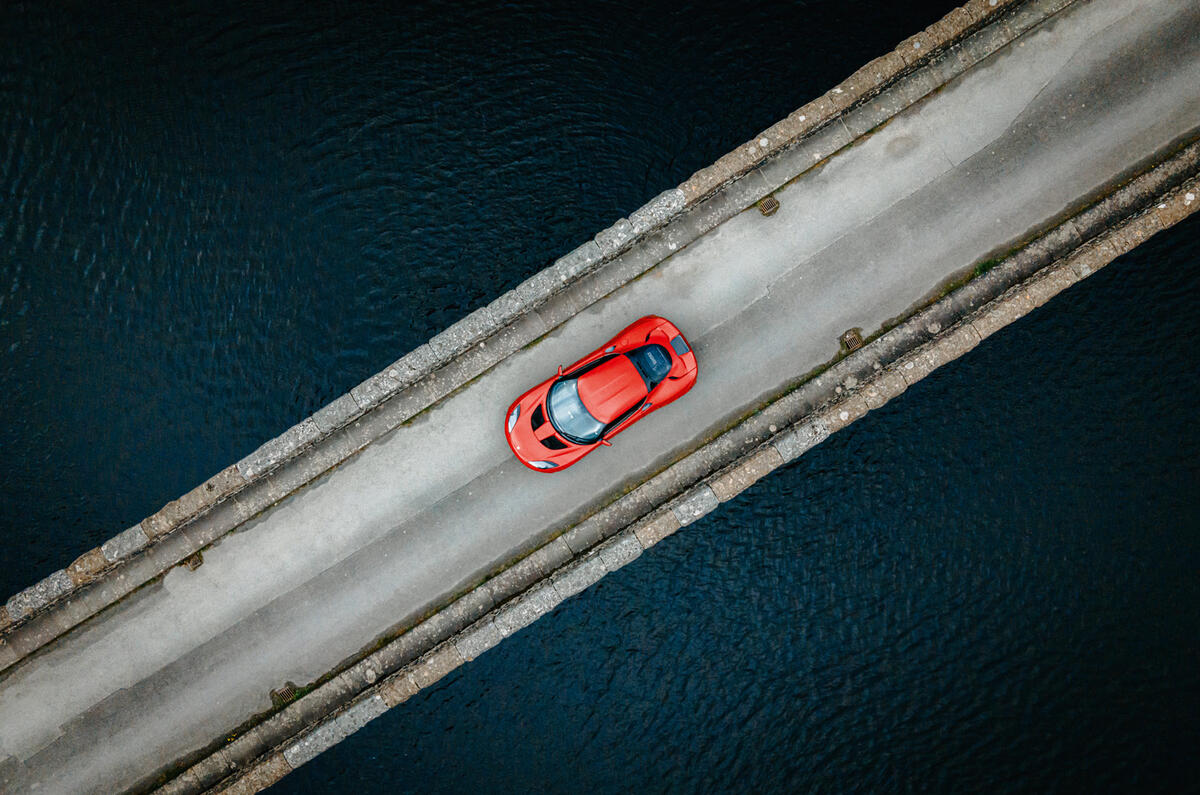
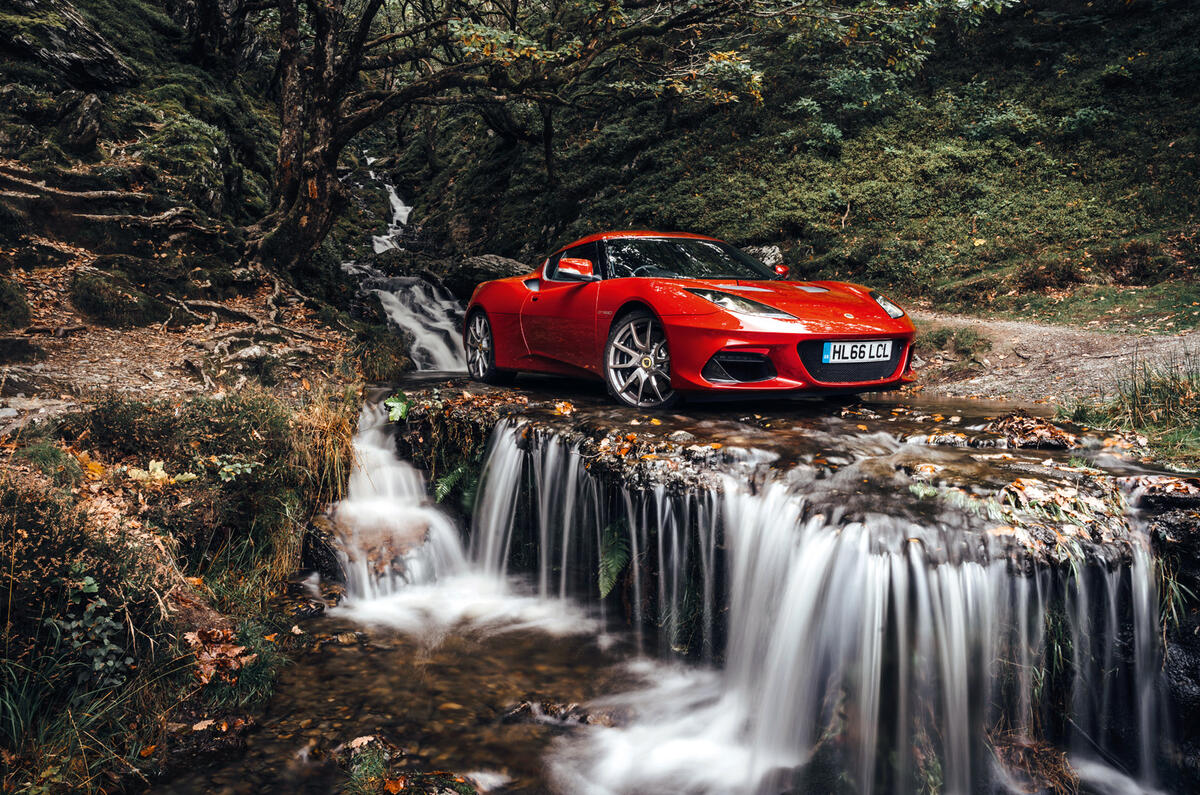
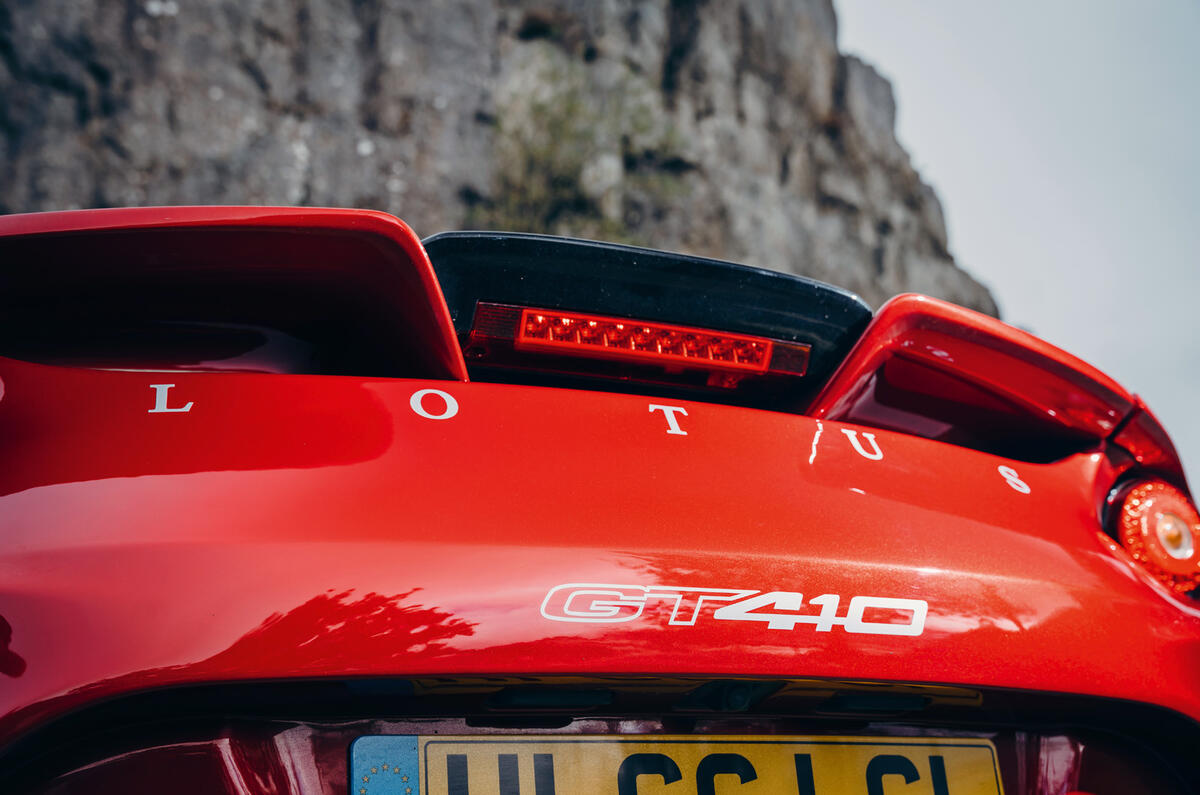
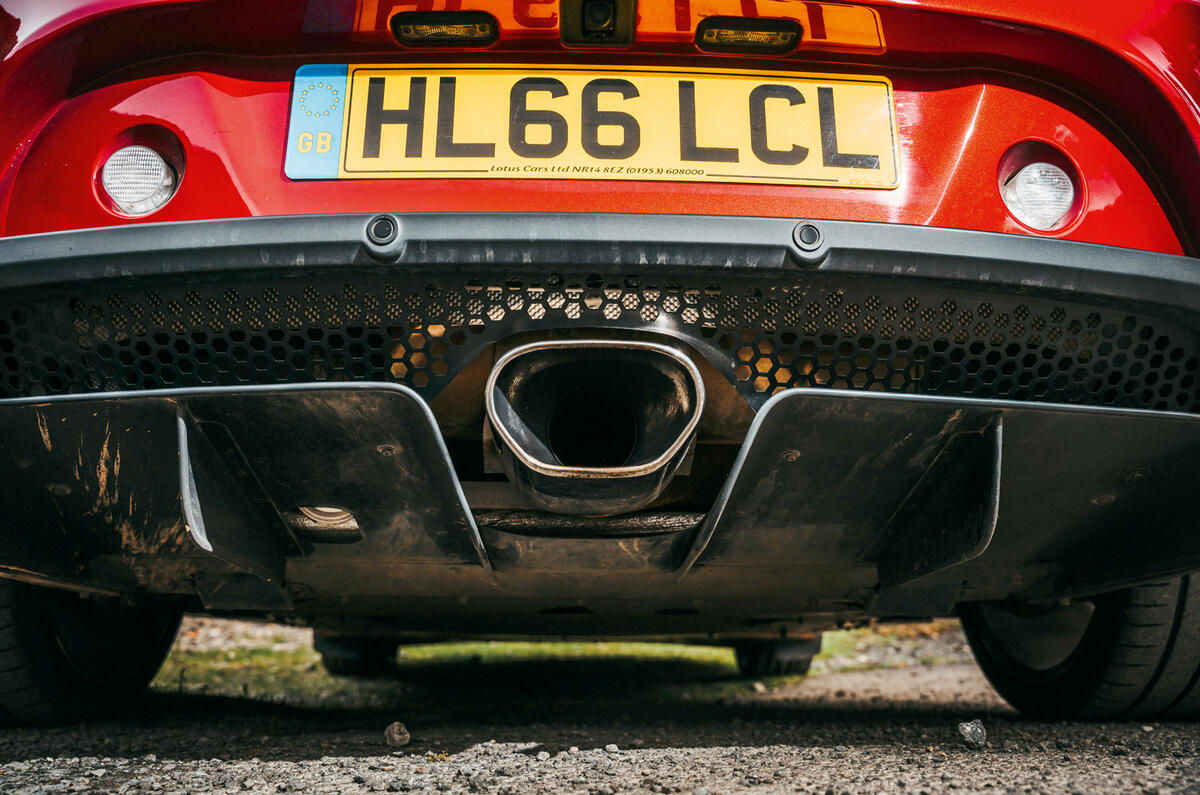
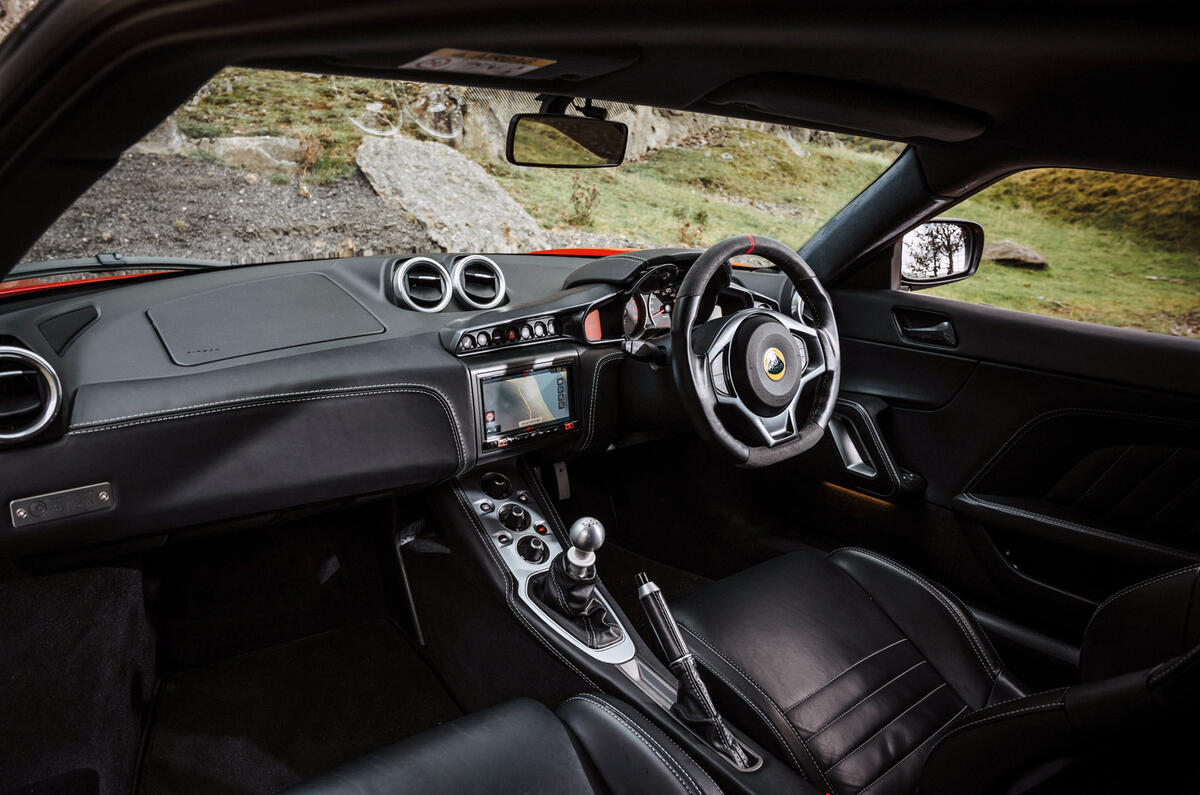
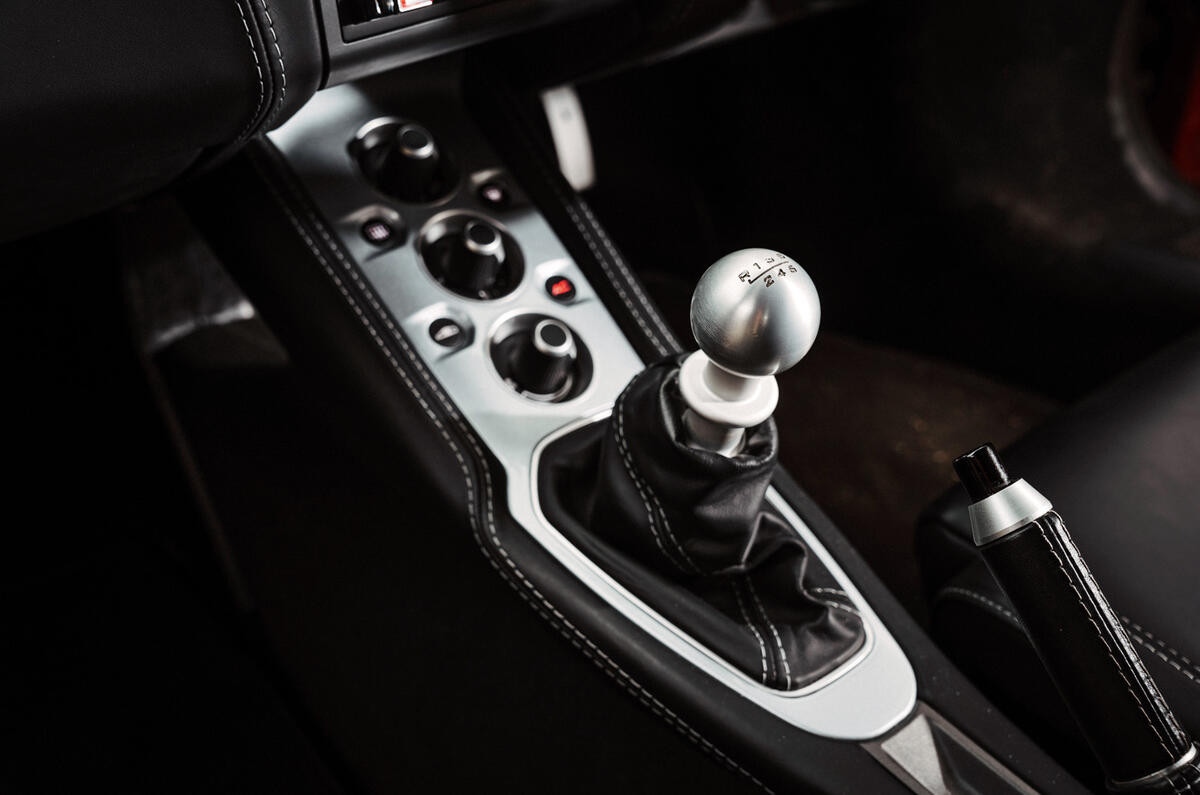
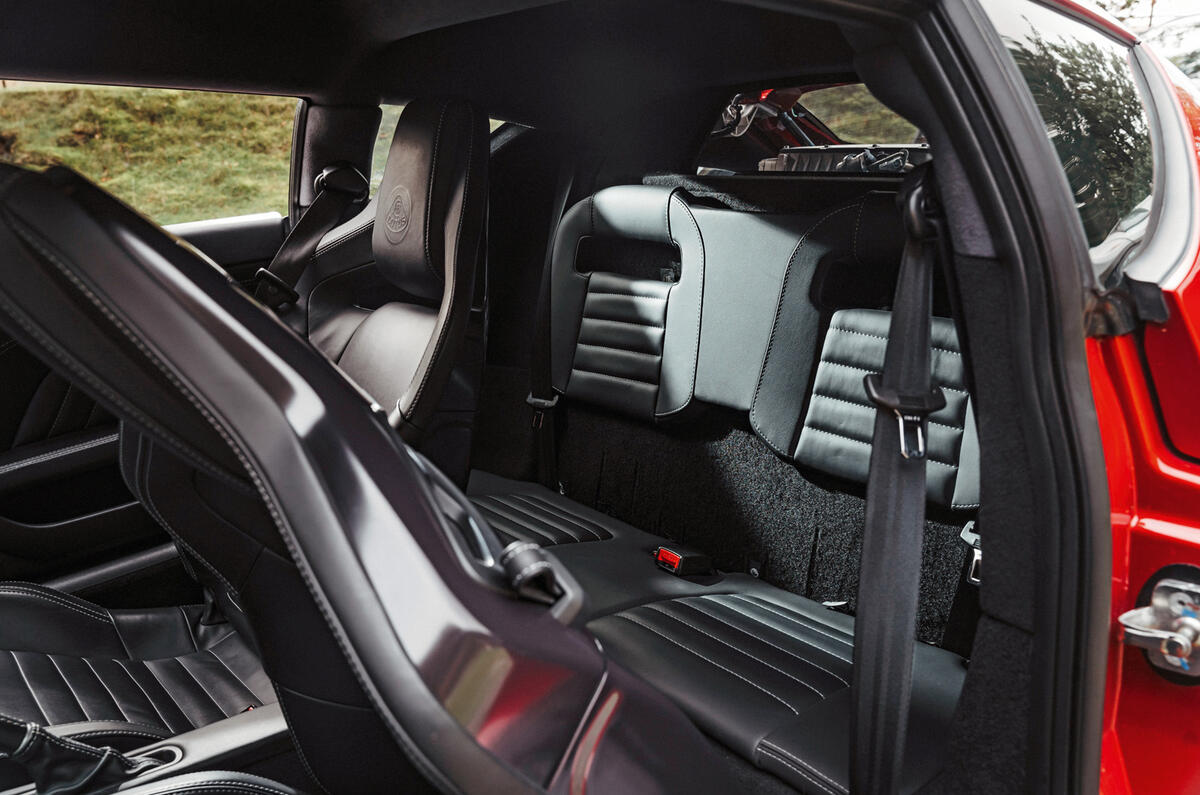
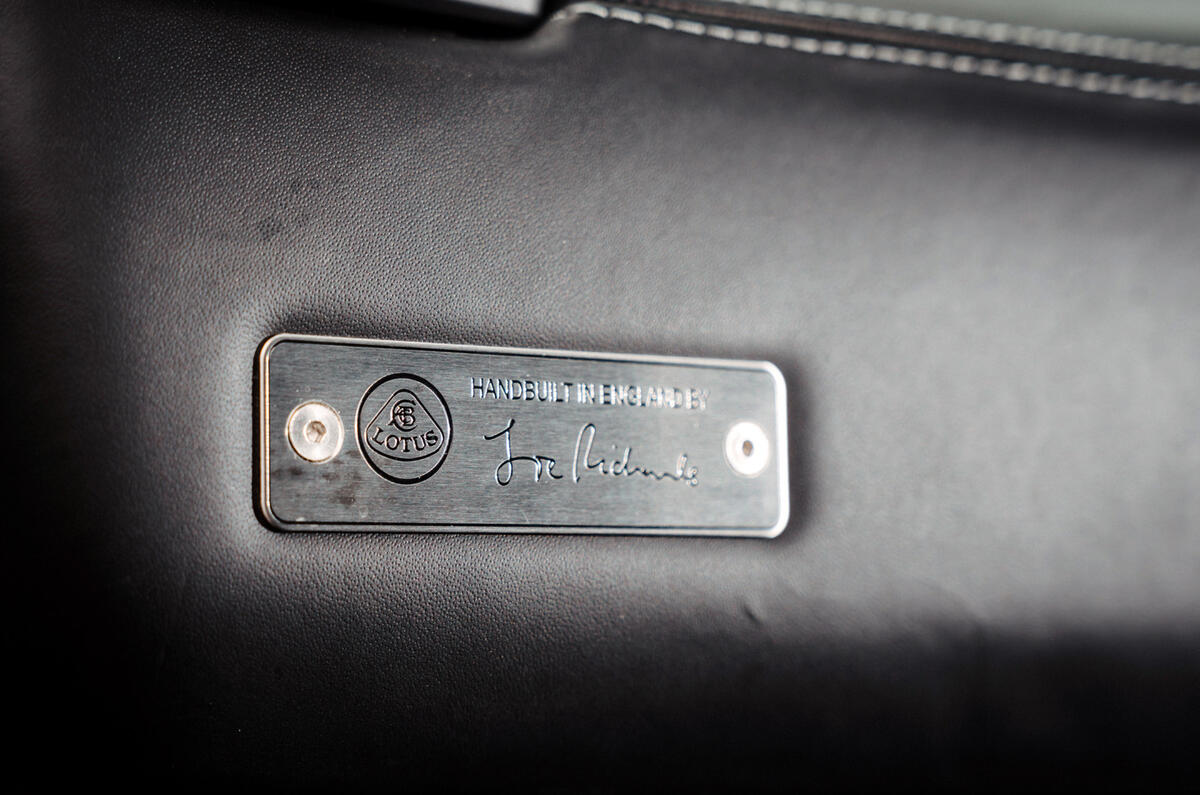
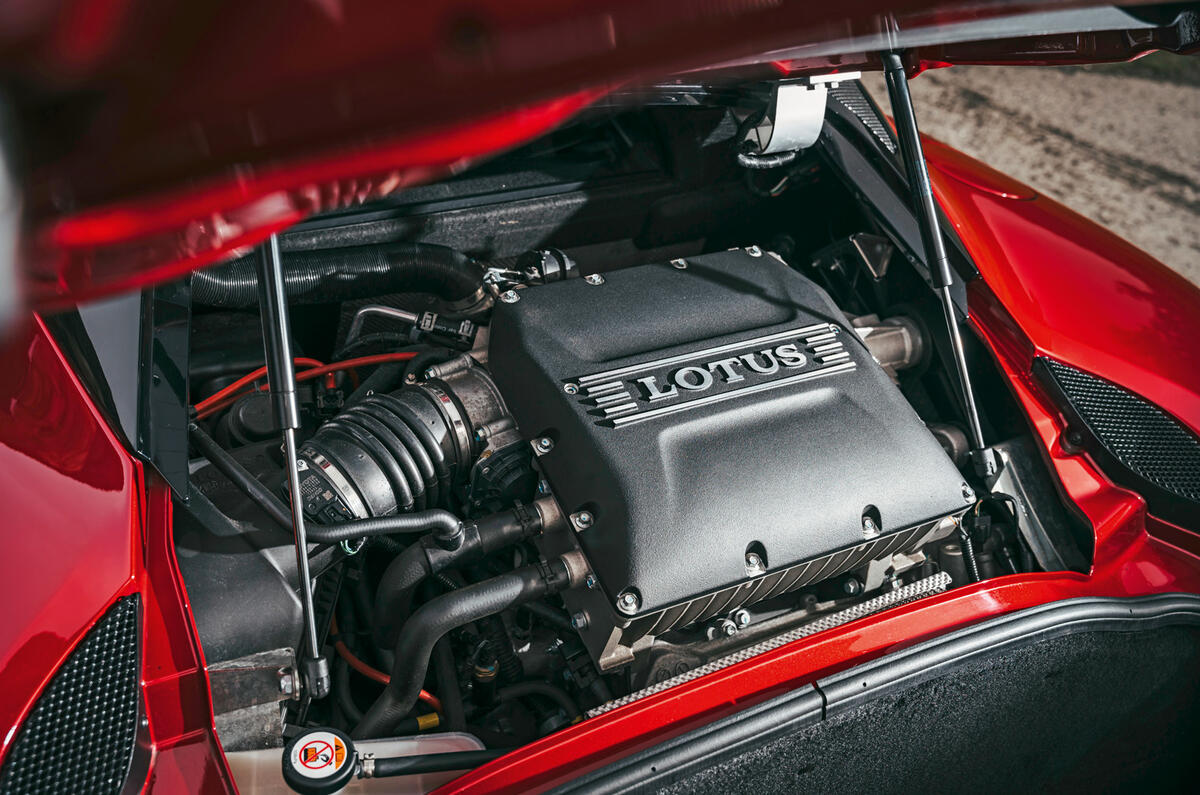

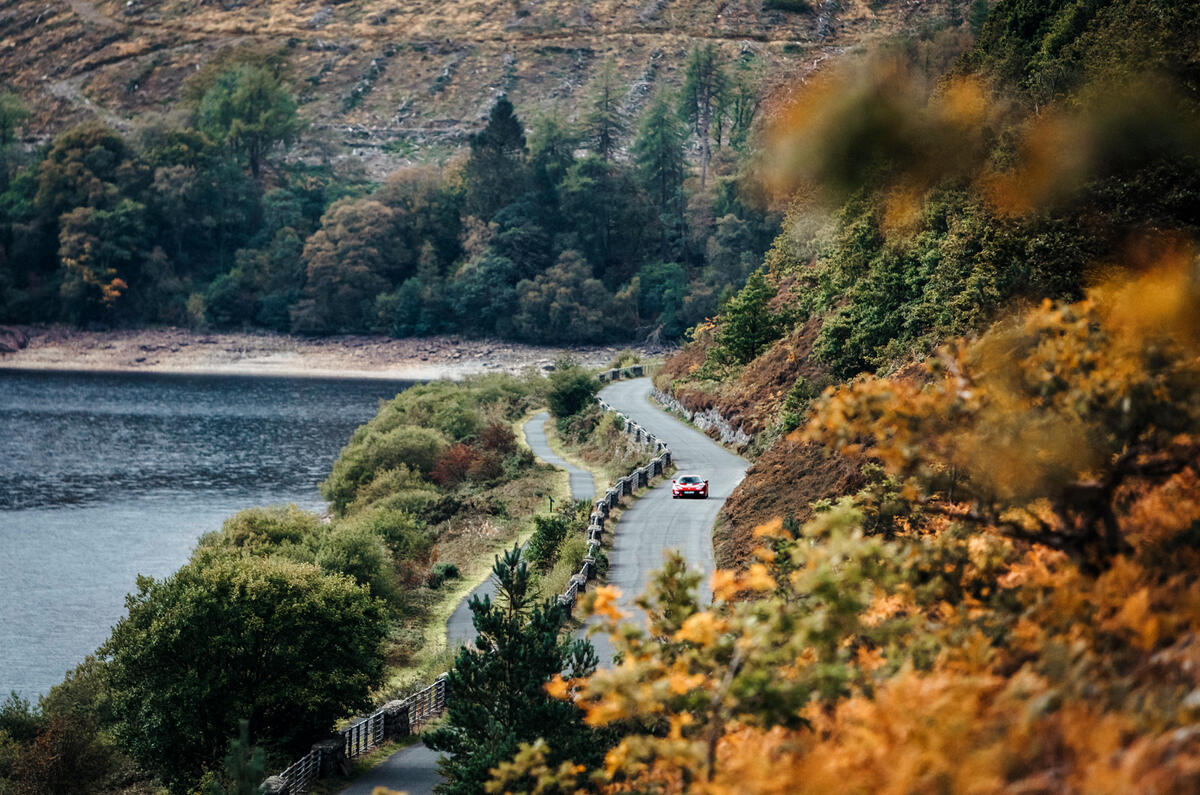

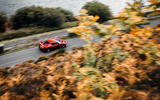

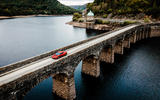




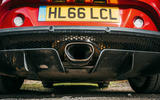
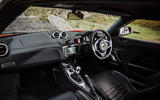
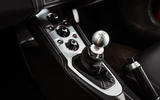

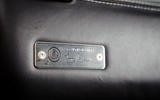
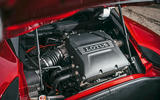
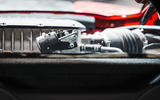

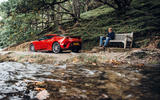


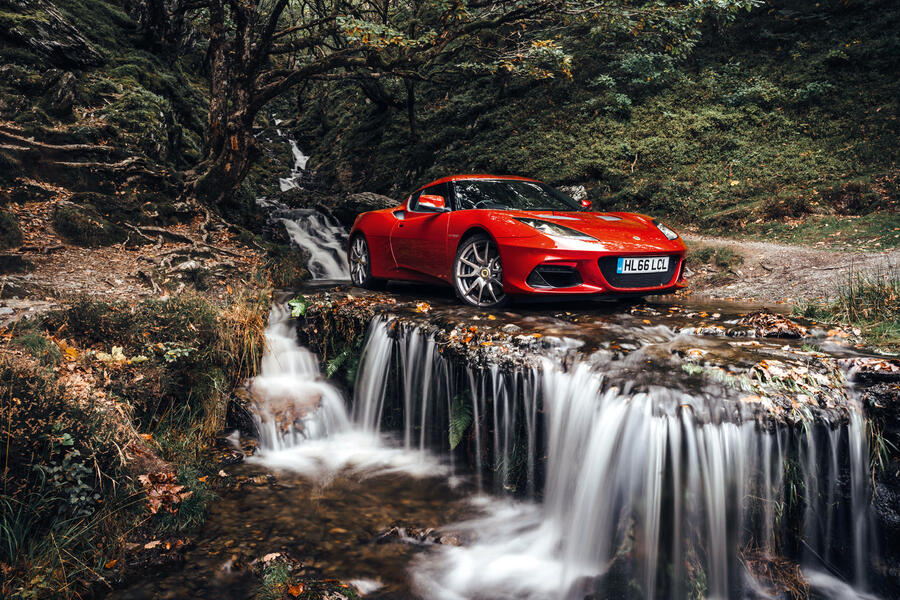








Join the debate
Add your comment
The Evora was never a good looking car. The replacement for it is much better. I am sure it drives wonderfully, but i am sure there is a reson no one else makes a 4 seater small mid engined car.
However the photography in the article is some of the best i have seen on Autocar. Well done!
"The Evora was never a good looking car." You are strongly in the minority with this statement. 99% of people dont agree with you lol
This article confirms what I already knew: Lotuses are great cars to drive, less so to own. I have fond memories of earlier models but sadly I don't want to own another. Perhaps the Emira will be different?